FOR PATIENTS
Risks of the unregulated drug supply
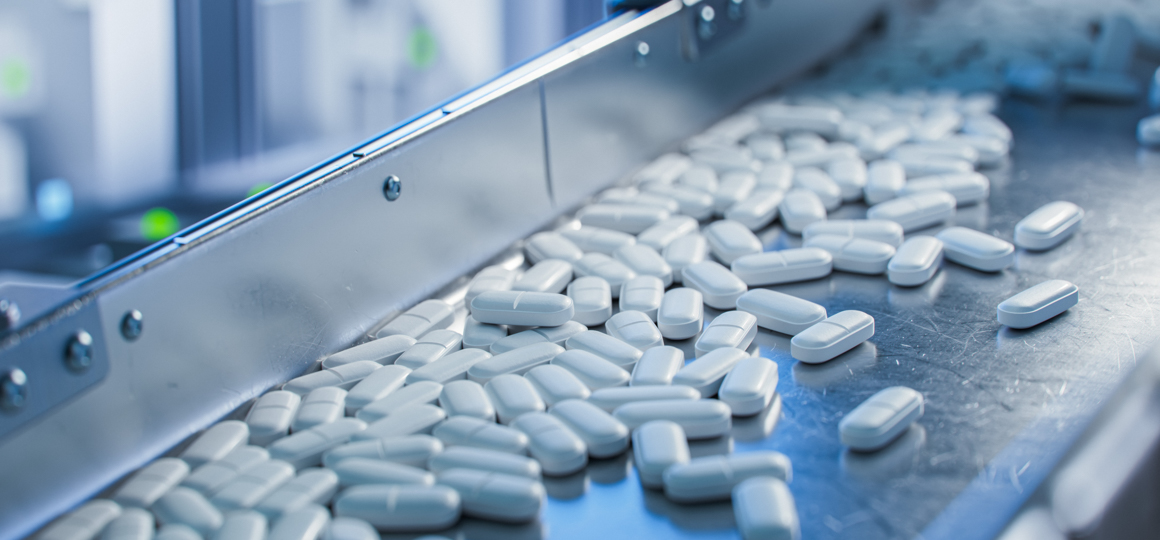
What is the regulated drug supply?
Some drugs are regulated by the U.S. Food and Drug Administration (FDA) and manufactured by pharmaceutical companies. They contain known ingredients, and the strength and dose are predictable every time. These drugs are then prescribed and distributed from a pharmacy. This is called the regulated drug supply.
What is the unregulated drug supply?
Other drugs are made in settings that are not regulated by the FDA. These drugs could be illegal (such as LSD), or legal but not monitored (such as kratom). This is the unregulated drug supply.
Unregulated drugs are sometimes made to look like regulated drugs or pills. Someone may not know if the drugs they are taking were made in a regulated or unregulated setting. Unregulated drugs are not predictable when it comes to dose or strength. Ingredients may have been added that you would not expect or know about, like fentanyl or xylazine.
Because it is hard to know how unregulated drugs will affect you, they can be more dangerous. Things you can do to lower the risk of harm associated with the unregulated drug supply include carrying naloxone, using more slowly and/or in smaller amounts, taking turns using and monitoring one another, not using alone, or calling the Never Use Alone line at 1-877-696-1966.
How can you tell unregulated drugs from regulated drugs?
Medication obtained at a pharmacy is regulated; however, medication made to look like pills or stored in a prescription pill bottle may not be. According to this report from the University of Washington, most benzodiazepines (benzos) confiscated by law enforcement in Washington state are counterfeit; the strength of these counterfeit benzos can vary, but they are often 2 to 3 times stronger than prescription benzodiazepines.
The only way to know the contents of drugs is to utilize drug checking services. Drug checking techniques analyze small amounts of a substance to determine the contents, using testing strips and/or more sophisticated laboratory machinery. Drug checking may be available at harm reduction and syringe service program sites. You can also get your own testing strips, which can tell you whether a specific substance (e.g., fentanyl or xylazine) is present, but not at what dose. Find harm reduction service locations on our service map. See drug checking results in Washington state from University of Washington’s Addictions, Drug, and Alcohol Institute to learn more.


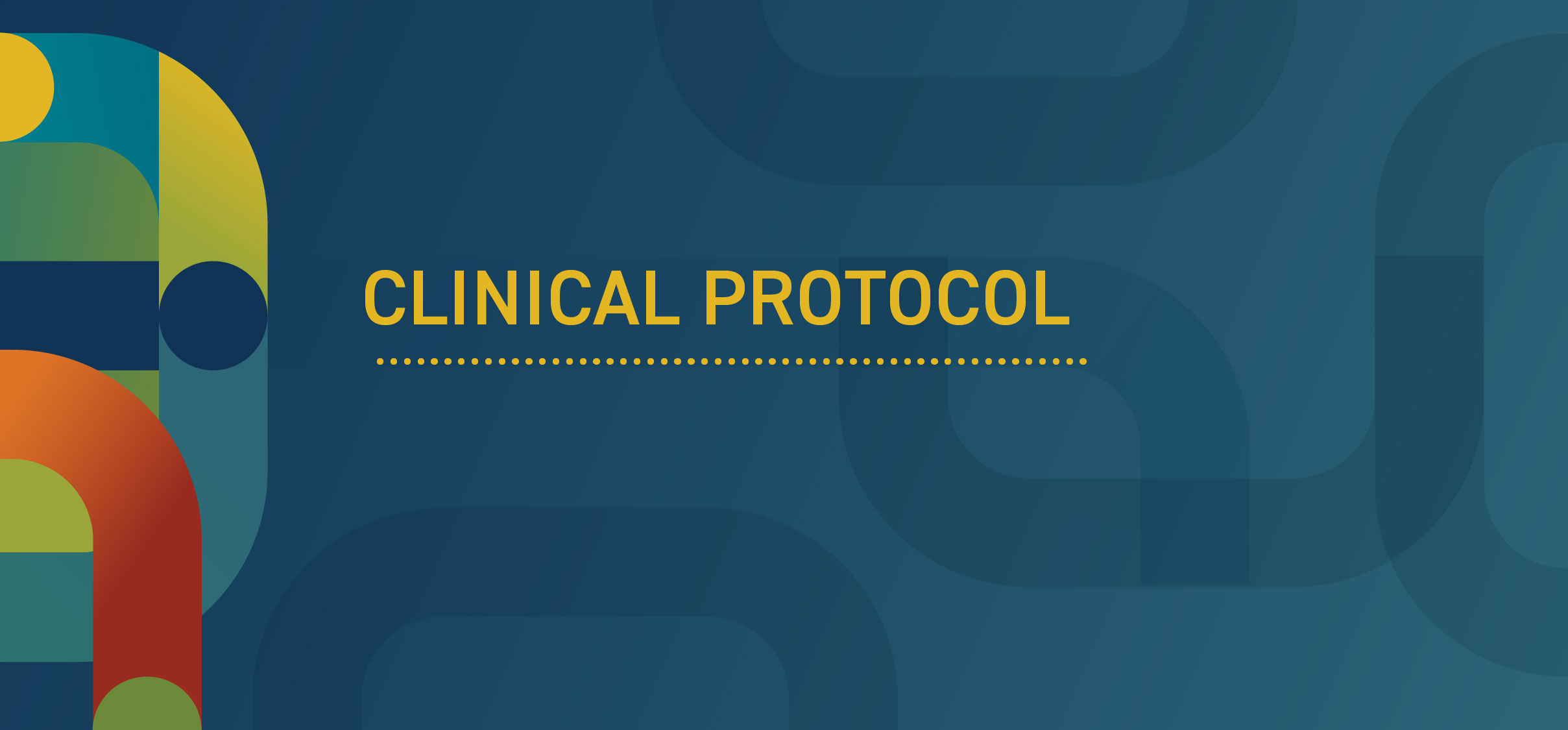
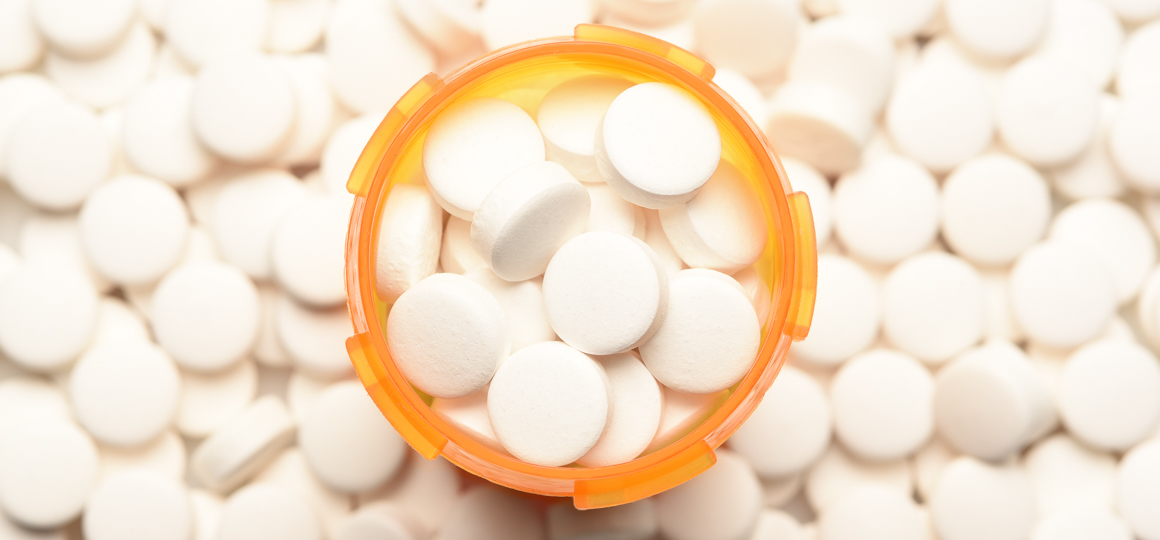
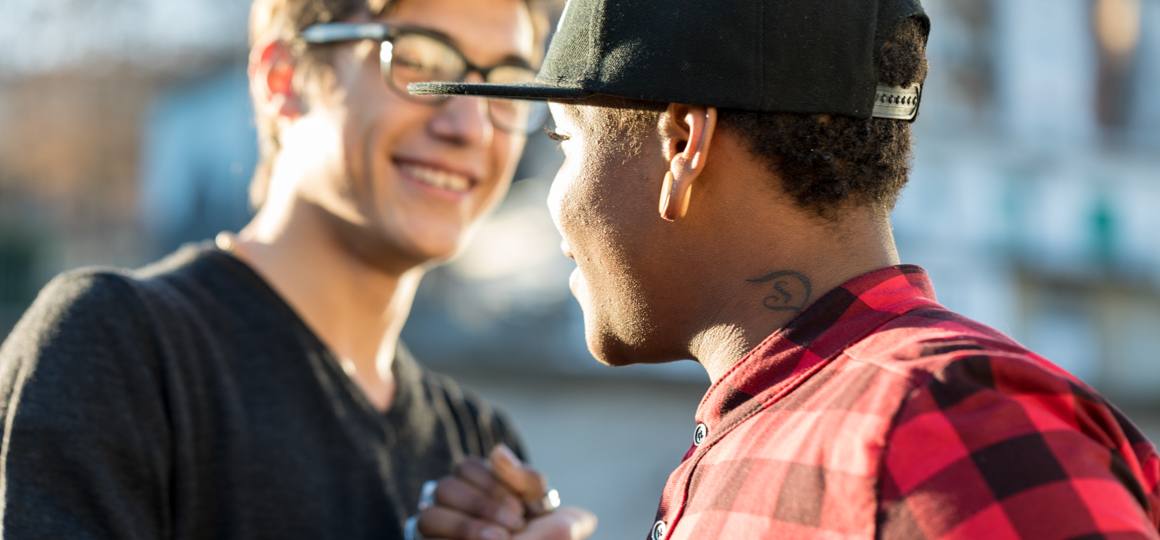
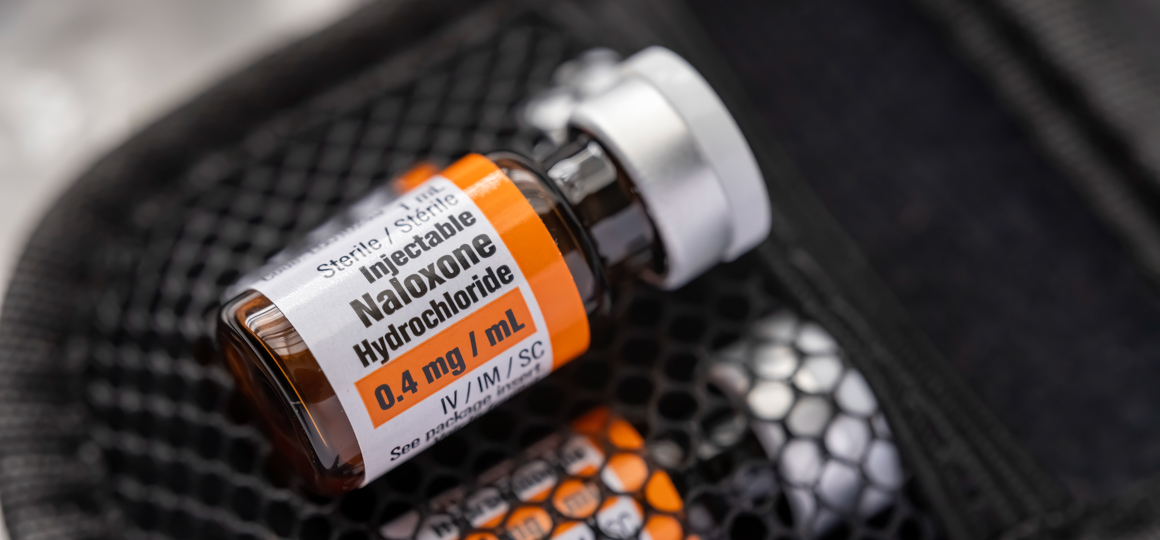

 I’M A CLINICIAN
I’M A CLINICIAN I’M A PATIENT
I’M A PATIENT